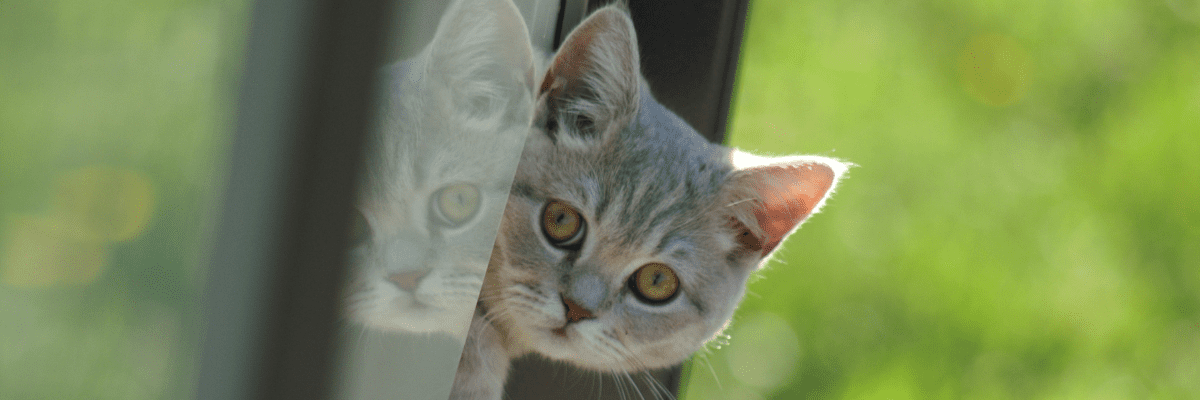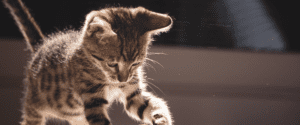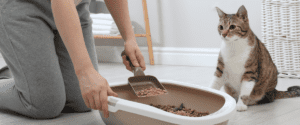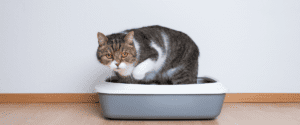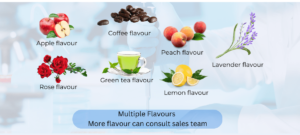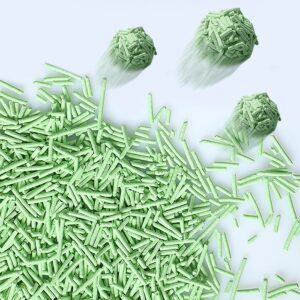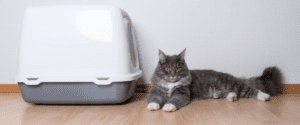Are you a parent concerned about the health and safety of your family? Do you have cats in your home? Then you need to know about the dangers of different cat litters. Some cat litters can contain toxins that can be harmful to your family’s health. Protect your family by learning more about the different types of cat litters and their potential risks. Get the information you need to make an informed decision and keep your family safe. #CatLitterSafety
With the numerous types of cat litters now available, such as clay, crystals, paper, wood, and plant-based, it can be difficult to decide which one works best for you and your cat. It is important to take into account various factors such as ingredients, odour control, ease of cleaning, cost, acceptability for cats, clumping capabilities, and the presence of activated carbon and baking soda. By assessing each aspect carefully, you can ultimately determine the right litter for you and your feline friend.
Clay litter
Cat owners are well aware of the various types of litter available, with clay litter being the most popular option. It is easy to scoop, traps odours well and cats usually take to it quickly. Despite these advantages, there are several potential issues associated with clay litter that make it unsuitable for many households.
Firstly, the dust generated when cats move in the litter box can cause breathing problems, especially if inhaled in large amounts. Additionally, the dust contains chemicals which can make it even more toxic.
Another issue with clay litter is the presence of sodium bentonite, a substance that causes clumping. If cats ingest any of it, either by licking their paws or accidentally consuming some of the litter, it can cause intestinal
The main takeaway from this article is that clay litter should be avoided due to its numerous downsides. Not only is it a health hazard for both cats and humans, but it also has significant environmental impacts. Clay litter is strip-mined from untouched natural areas, leading to the destruction of habitats for native wildlife and the dumping of silt into rivers and oceans, which can choke aquatic life and further damage ecosystems. It may be cheap, but overall there are no real benefits from using clay litter, so it should be avoided.
Crystal Litters:
The physical properties of silica crystal litter remain unchanged with rewriting, but the dangers associated with it are still the same. Ingesting the granules can be fatal, and the litter should not be left in the cat’s environment for extended periods of time due to bacteria buildup. Additionally, the crystals can be painful on paws and lead to silicosis when inhaled, and the cobalt chloride dye used to indicate moisture levels is known to be carcinogenic. Therefore, it is important to be aware of these risks before using silica crystal litter.
Paper litters
Paper waste has granular or ball-shaped particles, made from recycled paper. There are some problems with its use. First, these litter absorbent is strong, but will not form clumps to contain urine. Urine often sinks into the lower layer, and you can only replace the “wet” part of the litter and cover it on the tray. Secondly, paper litter is dust-free and biodegradable. But just like clay litter, a dangerous clumping compound is added to the paper litter. You guessed it: sodium bentonite, a known health hazard to humans and cats. Without this clumping agent, paper litter would not form clumps.
Thirdly, paper cat litter has poor absorption capabilities and cannot effectively control odors, eventually being buried with clay litter making it an inferior alternative to clay or crystal litter. Wooden cat litter is made from wood waste from other forms of manufacturing or processing that is processed to remove any contaminants and then formed into granules, pellets, or pieces. However, wooden cat litter has its own issues. Firstly, the natural absorbency of wood allows for urine to be absorbed into the material and can form into clumps in less traditional ways if the wood itself is very fine, potentially creating a splintery sawdust. Secondly, pine is the most commonly used wood for these litters. But cats dislike the scent associated with pine. Some wooden products have a small amount of bentonite added. However, similar to paper, these wood products have very poor clumping and odour control abilities, so they must add some hazardous clumping or odour-control compounds to mitigate this problem.
Plant-based cat litter (tofu cat litter) The main ingredients of tofu cat litter are soy fiber, cornstarch, peas, and cassava flour. It has good stability, safety, deodorizing effect, and is easy to clean. However, according to Australian product reviews, some tofu litter adds too many chemical flavors, such as lavender, some fruits, and spices. But cats hate this taste. In fact, the ingredients of tofu litter, such as the amount of soy products, are unstable. This can even lead to different clumping or decreased smell ability in each package of tofu litter. So their cat litter always has negative reviews (more about smells cats hate).
The main ingredients for tofu cat litter are soy fiber, cornstarch, peas, and cassava flour. It has good stability, is safe, has good deodorizing effect, and is clean and convenient. However, according to reviews from Australia, some tofu litter adds too many chemical flavors, such as lavender, some fruits, and spices. But cats don’t like this kind of taste. In fact, the ingredients of tofu litter, such as the amount of products derived from soybeans, are unstable. This even leads to the fact that the clumping ability or the ability to reduce odors of each package of tofu litter is different. So, their cat litter always has a negative rating. (More about smells cats don’t like). How to choose the right cat litter depends on some factors.
Odor control.
According to the different materials, there are two ways to deodorize: physical adsorption deodorization (activated carbon, plant fibers and clay), and chemical neutralization deodorization, that is, the PH value of the product and whether baking soda is added. Clay, paper and wood usually only have physical deodorization, while crystals and plant bases not only have physical deodorization, but also chemical deodorization. Therefore, their odor control ability is stronger than the other three. Whether it is easy to clean. The ability to agglomerate and absorb are the two main factors determining whether it is easy to clean. Among them, the strongest agglomeration ability is plant-based, the worst is wood and crystal-based. But the strongest absorption ability is plant-based. (More About Apartment Cat Owners)
Is tofu cat litter really expensive? At first glance, you might think non-clumping litter is a cheaper option. However, these litters often need to be replaced more frequently than clumping alternatives, making the initial price difference almost negligible. According to Australian Product Reviews, you might need to change recycled paper pellet cat litter every 1-2 days, but you can let a pan of clumping litter last for 2 weeks. Additionally, time is also an important factor when it comes to saving money. While a bag of clay or other litter is both cheap and heavy, their usage time is almost 2 weeks or less.
This means that when you use tofu litter, you’re likely to save more money every day. No matter what kind of litter you choose, regularly cleaning solids and clumps will help extend its usage time, and save you money in the long run. Choosing cat litter ultimately comes down to your cat’s individual preferences as well as your budget and lifestyle. Live in an apartment or put the litter box in the kitchen? Clumping litter that reduces odor may be your best option. Tend to keep environmental impact to a minimum and don’t mind putting dirty litter into compost?
